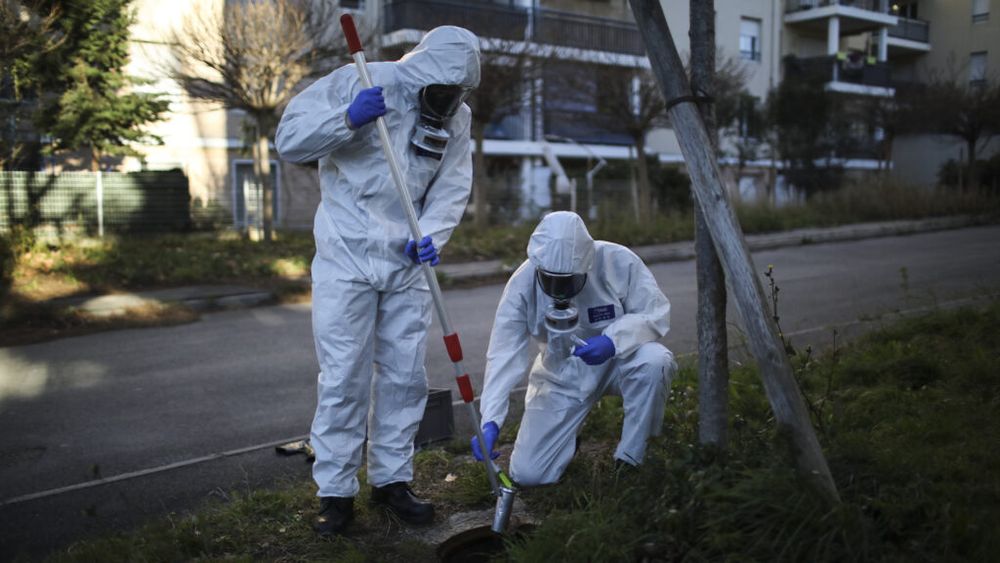Gage Moreno
@gagekmoreno.bsky.social
1K followers
340 following
18 posts
Postdoc in the Sabeti Lab. Interested in the genomic epidemiology, evolution, and pathogenicity of RNA viruses 🦠🏳️🌈
Posts
Media
Videos
Starter Packs
Pinned
Gage Moreno
@gagekmoreno.bsky.social
· Apr 9

Geospatial and demographic patterns of SARS-CoV-2 spread in Massachusetts from over 130,000 genomes
Despite intensive study, gaps remain in our understanding of SARS-CoV-2 transmission patterns during the COVID-19 pandemic, in part due to limited contextual metadata accompanying most large genomic s...
www.medrxiv.org
Gage Moreno
@gagekmoreno.bsky.social
· Apr 9
Gage Moreno
@gagekmoreno.bsky.social
· Apr 9
Gage Moreno
@gagekmoreno.bsky.social
· Apr 9
Gage Moreno
@gagekmoreno.bsky.social
· Apr 9
Gage Moreno
@gagekmoreno.bsky.social
· Apr 9
Gage Moreno
@gagekmoreno.bsky.social
· Apr 9
Gage Moreno
@gagekmoreno.bsky.social
· Apr 9
Gage Moreno
@gagekmoreno.bsky.social
· Apr 9

Geospatial and demographic patterns of SARS-CoV-2 spread in Massachusetts from over 130,000 genomes
Despite intensive study, gaps remain in our understanding of SARS-CoV-2 transmission patterns during the COVID-19 pandemic, in part due to limited contextual metadata accompanying most large genomic s...
www.medrxiv.org
Reposted by Gage Moreno
Reposted by Gage Moreno
Reposted by Gage Moreno
Tom Peacock
@peacockflu.bsky.social
· Jan 7

Polymerase mutations underlie adaptation of H5N1 influenza virus to dairy cattle and other mammals.
In early 2024, an unprecedented outbreak of H5N1 high pathogenicity avian influenza was detected in dairy cattle in the USA. The epidemic remains uncontrolled, with spillbacks into poultry, wild birds...
www.biorxiv.org












